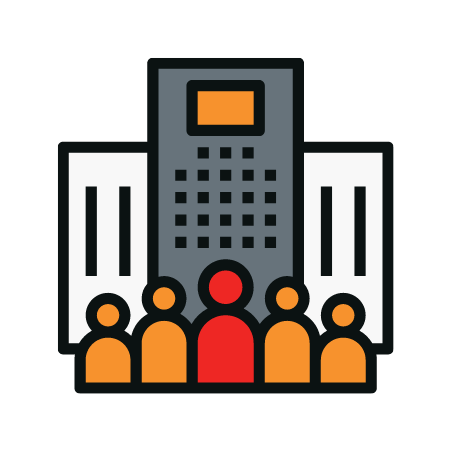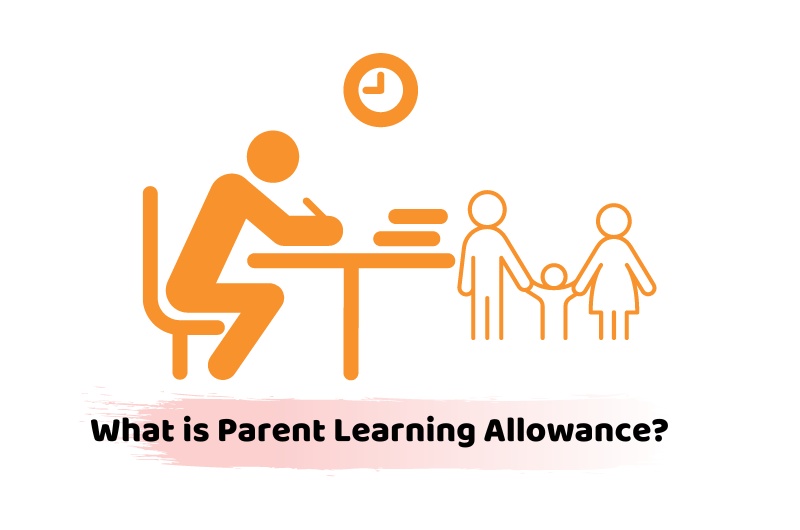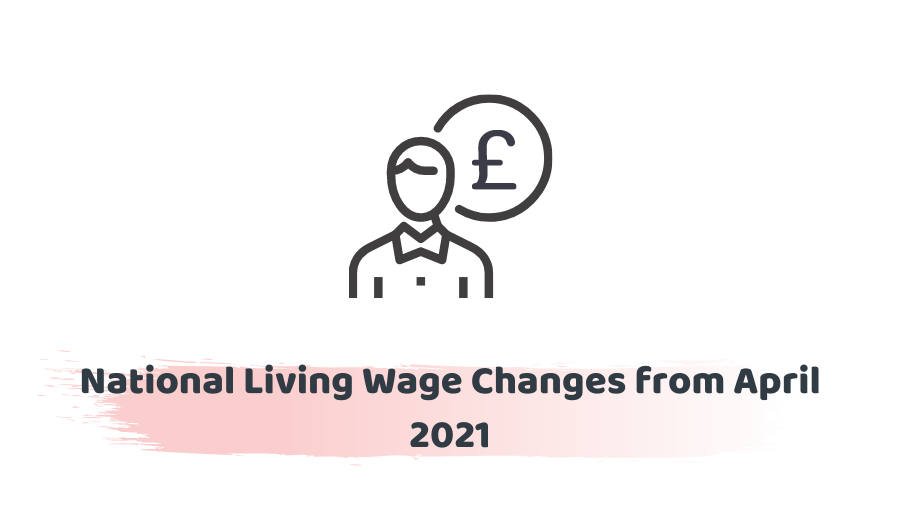If you’re a worker, you must be paid a minimum wage for your age. Here are two types of wages you must be certain about. These two are National Living Wage (NLW) and National Minimum Wage (NMW). The age threshold has been reduced since 1st April 2021. An increase can also be seen in other annual stuff too. Let’s get into the details of wage changes and other pre-requisites.
What’s National Living Wage?
National Living Wage is a statutory wage payable to workers above the age of 25 or above. NLW announced a reduction in the age threshold. You must make sure to pay it to workers at that age above 23.
What’s National Minimum Wage?
National Minimum Wage is paid to workers who are below the age of NLW requirement. Prior to 1st April 2021, NMW was highly relevant to workers above school leaving age. People under the age of 23 need to be paid NMW. This also includes a number of students over the school leaving age. Let’s understand who qualifies for NMW first People with age
- 16 and 17.
- 21 and 22.
- 18 to 20 years old.
Let’s Understand the Apprentices
It’s important to note that there’s a separate NMW rate for all the apprentices. People under the age of 19 qualify for it. You also need to know about separate NMW rate for apprentices.
Let’s Figure Out Accommodation Offset
If you’re an employer, and you’re providing your employee with accommodation, you can allow a lower minimum wage for a worker’s age. Let’s say if you’re providing accommodation for a full day, it’s important to note that the daily accommodation offset rate is deducted for each day. Let’s take the following consideration into account that:
| NLW: Workers Aged 23 and More | NMW:
Workers aged 21 and 22 |
NMW:
Workers aged 18 to 20 |
NMW:
Workers aged 16 and 17 |
NMW:
Apprentice rate |
Accommodation
offset |
| £8.91 per hour | £8.36 per hour | £6.56 per hour | £4.62 per hour | £4.30 per hours | £8.36 per day
£58.52 per week |
How to Check if you’re Paying the Correct Rates
If you’re an employer, you need to make sure that you’re paying workers on the NLW or NMW from 1st April. You also need to make sure that your rates are in line with the new rates. From 1st April, these will include workers falling in the age bracket of 23 and 24 years.
Make sure that you keep checking on the updates of wage changes. These rates keep on fluctuating, so its always a good idea to keep track of everything through the website or other channels.





















































